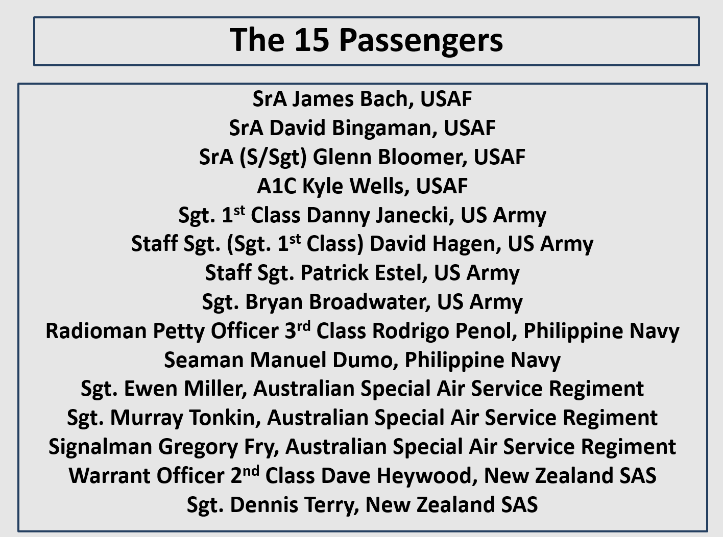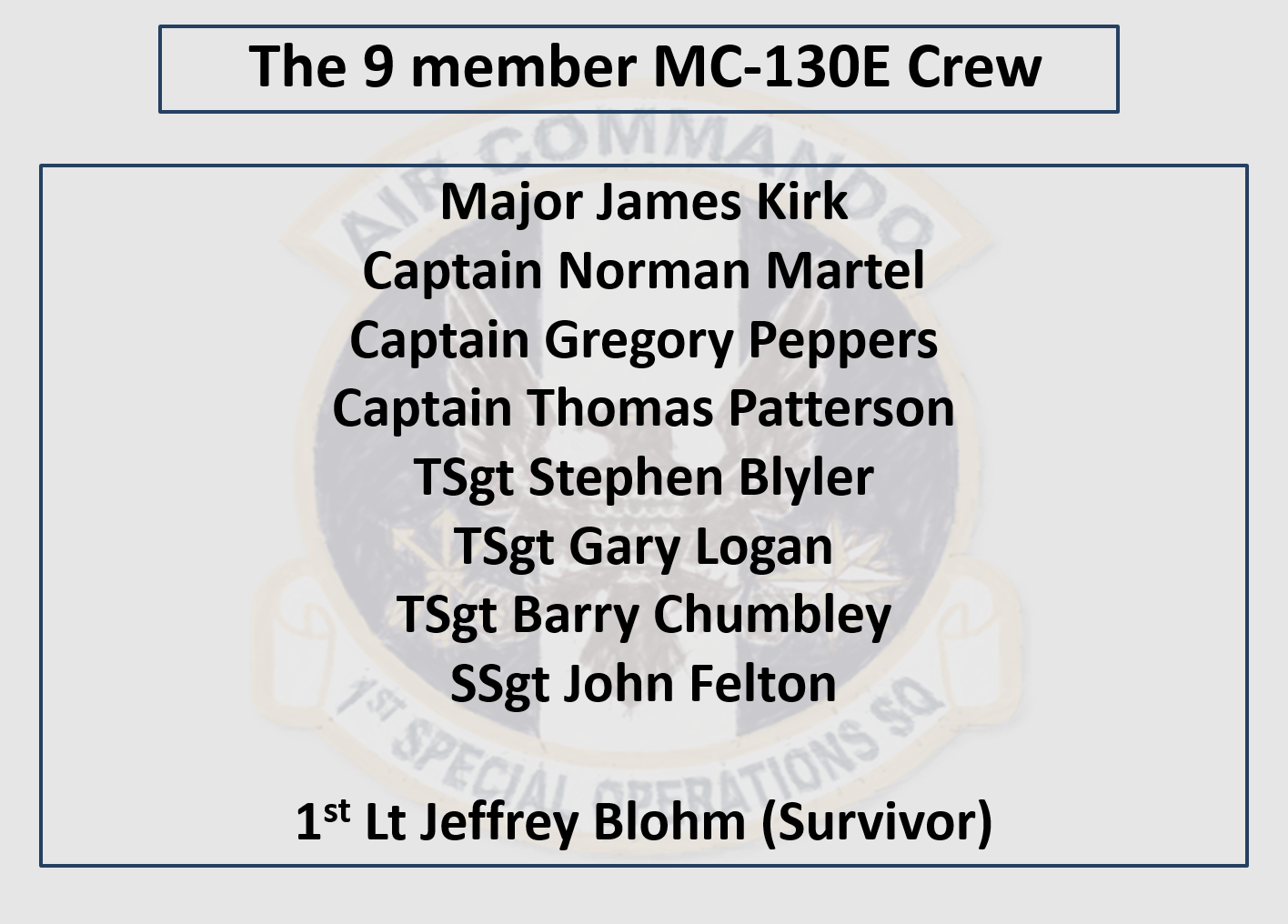KADENA AIR BASE, Japan -- KADENA AIR BASE, Japan -- The 1st Special Operations Squadron conducted its annual memorial flight to the Philippines, honoring the lost crew and passengers of STRAY 59, Feb. 26, 2022. Its 40th iteration with one important first:
Every member on board this year’s flight was selected by rank and service to represent the 24 souls on board the MC-130E that crashed off the coast of the Philippines in 1981.
In the squadron that has flown this memorial flight every year for the past four decades, it is important to 1st Special Operations Squadron commander, Lt. Col. Matthew Taylor, the focus be on honoring those lost on the aircraft that day by name.
“This year we’re focusing on the human connection,” said Taylor. “We are acknowledging that this is more than just an annual historical event. Special operations is about fighting in the human domain, and this is one small way we stay connected to the human beings we lost that day, and connect with the family members who carry on their legacy.”
Taylor later emphasizes that while some military units know about their history, Air Force Special Operations Command knows their history.
“We are often only one or two connections away from people involved in the events that shape our heritage.” Taylor said.
A collection of photographs sits newly hung in the walls of the 1st SOS. Master Sgt. Christopher Brewer, 1st SOS loadmaster and event planner, collected each fallen member's photo from historical records and from family members online.
Brewer mentions that in his search for more information, some of the family members were hearing the meaning of STRAY 59 for the first time.
“We have a responsibility to remember these service members, not just with a sortie and a photo on the wall,” said Brewer. “But by actually knowing their names and telling their family members about what we’re doing every year to honor them.”
So that’s what he did. Below is a compilation of information family members shared.
Staff Sergeant Patrick Estel
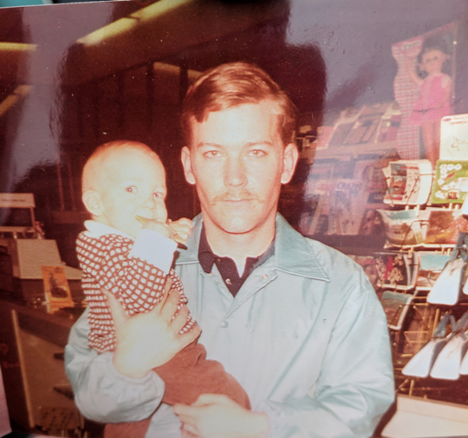
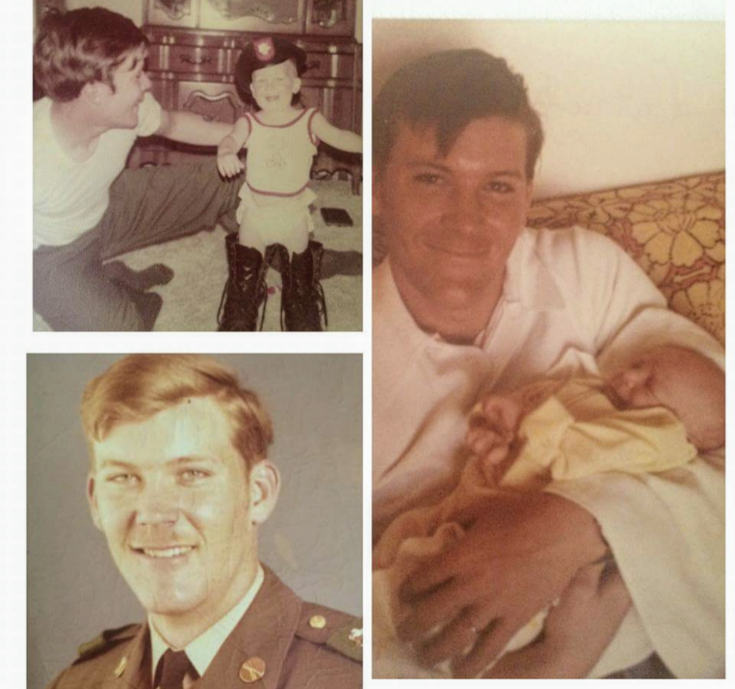
Courtesy Photos from Ryan Estel, the son of U.S. Army Staff Sergeant Patrick Estel.
Ryan Estel was four years old when STRAY 59 crashed.
“The impact he has had on my life is a feeling of respect and proud that he was my father,” Estel said. “I have an office at my house where I store a lot of his art work, souvenirs from other countries, paintings from other countries, and his medals. My kids are fully aware of who he was and his service.”
Staff Sergeant Patrick Estel was a 25 year old heavy weapons specialist in the 7th Special Forces Group, Fort Bragg, North Carolina.
“Other people describe my father as intellectual, funny and patriotic.” Estel continued. “His brothers, sisters and my mom and other family members such as aunts and uncles from my mom's side always has a funny story to tell. He seemed to impact many lives. And they often tell me I remind them of him.”
Major James Kirk
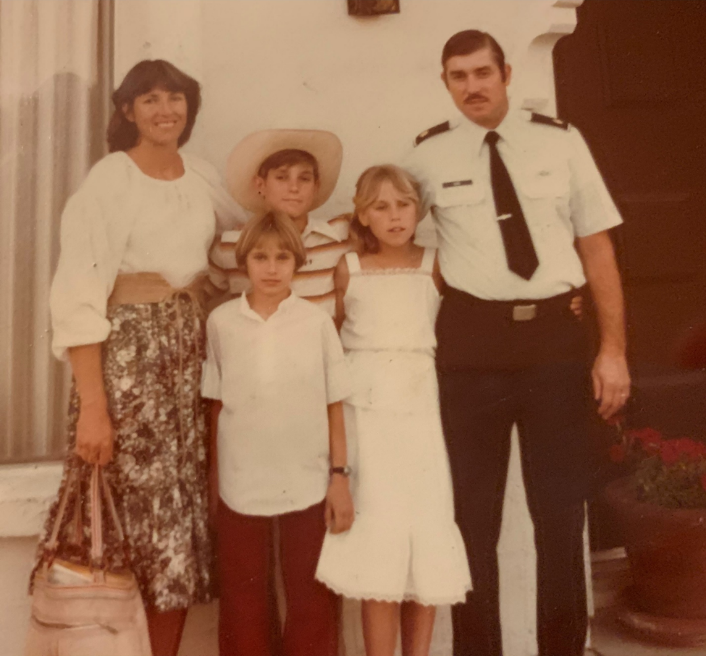
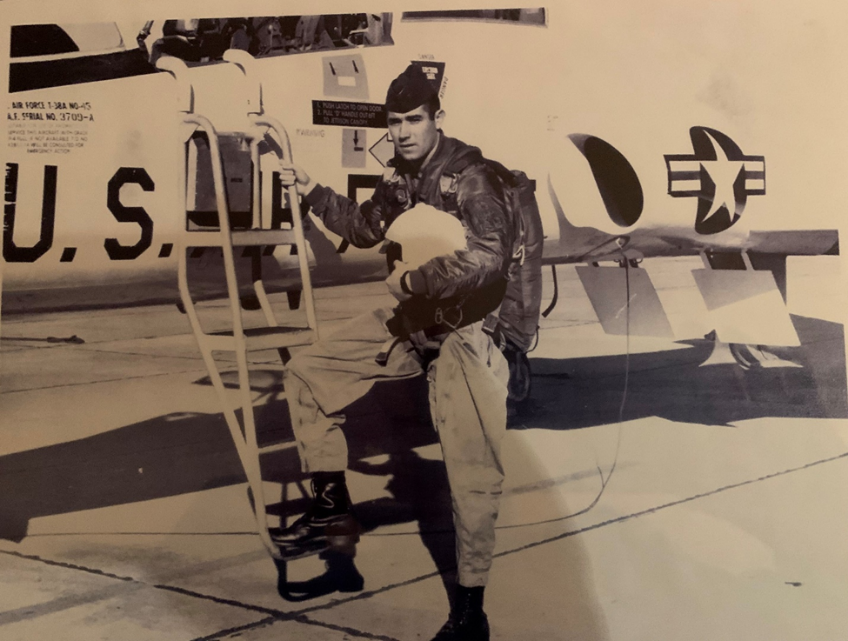
Courtesy Photos from the Kirk Family.
“Our dad was truly hilarious,” Julie Kirk, the daughter of Major James Maurice Kirk, 1st Special Operations Squadron Pilot, says alongside her siblings Sally and Ed.
Julie, her siblings and their mother are pictured above with their father in Okinawa. When they followed his career to the Philippines a month before the incident, she was 12 years old. Sally Kirk was 10 years old, and Ed Kirk was 14 years old. Their mother, Janie Kirk, became a widow at age 35.
“My siblings and I are very familiar with my father’s service and his love of flying. We had a lot of questions after the accident about what our dad was doing while he was away, and my mom was very truthful with us to the best of her knowledge.”
In the 1st SOS, Major Kirk was affectionately known as, “Kirky”. Described often as a great friend who loved being a pilot. Kirk was an Aircraft Commander and his call sign “Stray 59” lives on memorialized as the name of this annual flight.
“It will be 41 years since the accident, and we can still remember that day like it was yesterday and how our lives changed forever.” Julie said. “We talk about him all the time and the funny things he used to do. I have talked at length about my dad with my husband and children as have my siblings with their families.”
Technical Sergeant Stephen Augustus Blyler
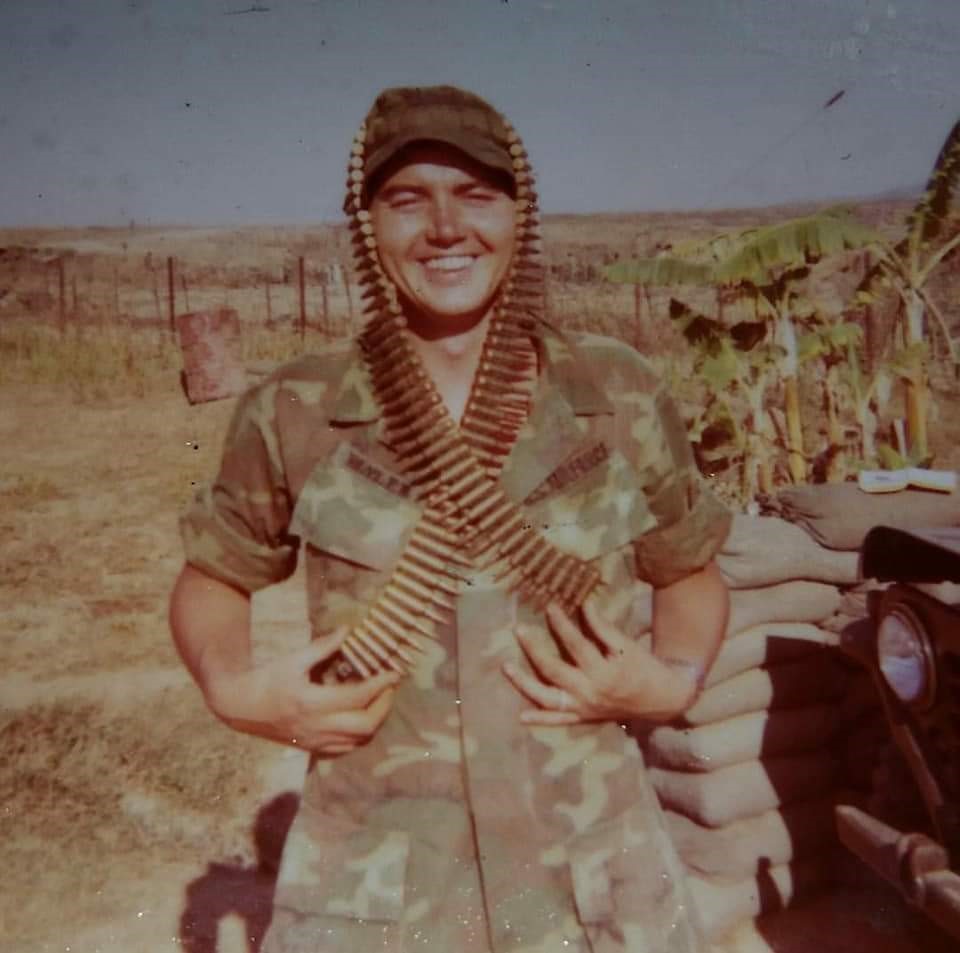
Courtesy photo from Sherie Blyler
“All my dad’s buddies used to call him Rocky,” Sherie Blyler, Technical Sgt. Stephen Blyler’s daughter says.
Technical Sgt. Blyler was a Radio Operator for the 1st SOS, and was 32 years old when STRAY 59 crashed. Sherrie was 11 years old.
From April 23 to May 1, 1975, during the evacuation of Saigon, South Vietnam, four AFCS men, TSgt Antoine A. Kristol, TSgt Benjamin F. Scott, SSgt George L. Pappas, and SSgt Stephen A. Blyler, with a radio-equipped jeep, provided communications for the US Defense Attache Office. By April 28, attacks on Saigon had become so heavy that the team was ordered to evacuate. Two of the men, Sergeants Kristol and Blyler, volunteered to stay to support the US Marine guards. When Sergeants Kristol and Blyler were airlifted out by helicopter shortly after midnight on May 1, they were the last Air Force personnel evacuated from South Vietnam.
“I am so proud of my dad,” Sherrie said. “My Dad loved coming home from TDY seeing us and having beers with his buddies. I am so much like him. I'm not religious, but my faith tells me that he is waiting for me at that bar in the clouds with some ice cold beers and hella stories to tell me... and I can't wait!”
From the Survivor, Lt. Col. (ret.) Jeffrey Blohm
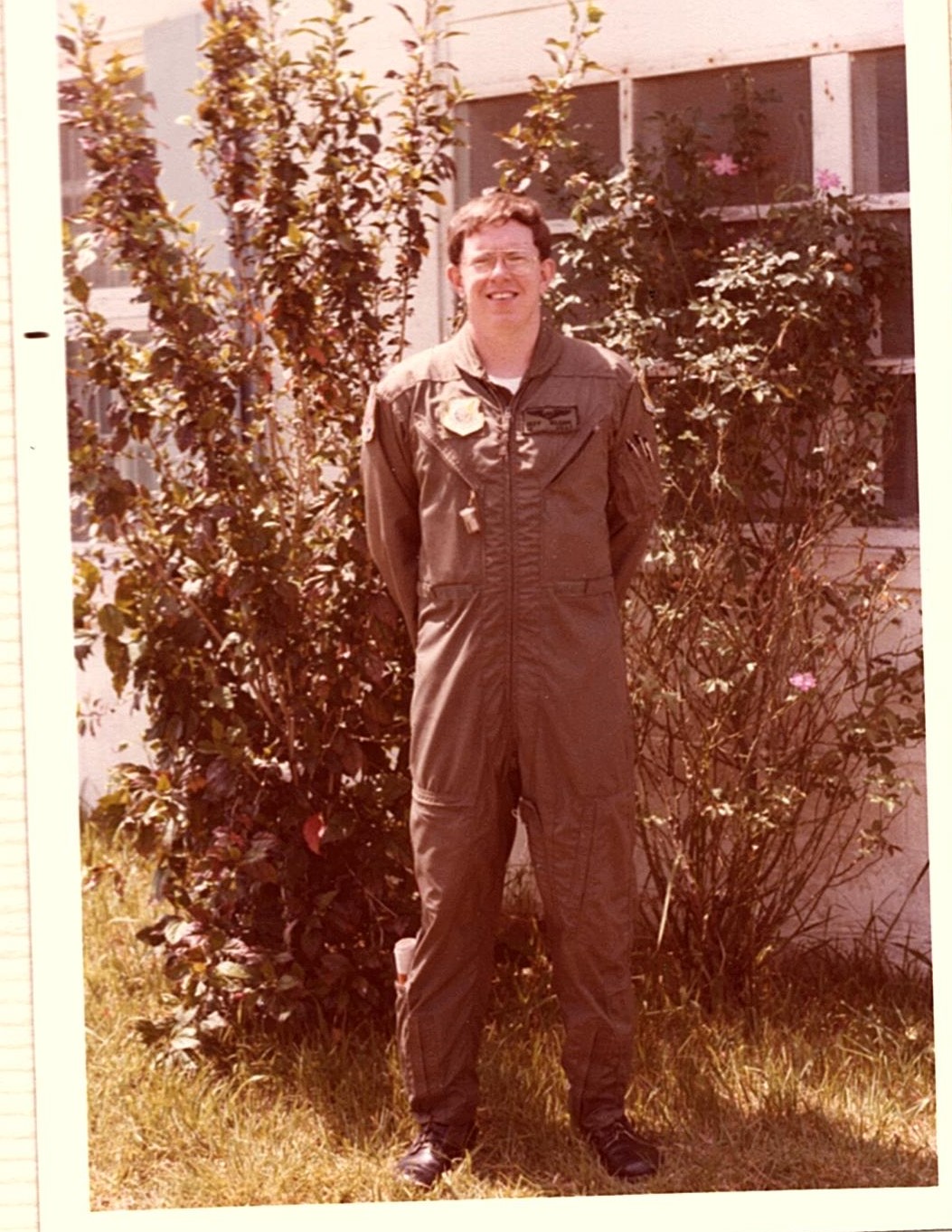
In the search for more information about STRAY 59, Retired Lt. Col. Jeffrey Blohm, a 1st SOS Electronic Warfare Officer who survived the crash and went on to serve for another 22.5 years, participating in Operation Eagle Claw and authoring Electronic Warfare doctrine, shared valuable insight to his survival.
“At the time of the crash, my head was thrown violently against the console. I remember pushing against it and thinking we must be crashing.” Blohm said.
STRAY 59 was participating in SPECWAREX 81, a joint multinational two and a half week exercise in the Philippines.
“Next thing I remember is I am underwater. Took 3 strokes to get to the surface, grabbed an orange seat cushion, and wiped my face (which had a huge wound on my lower forehead). I noticed fire on the water some distance from me and debris in the water. Next thing I remember is laying in a one-man life raft.”
Blohm was the sole survivor in the crash, and remembers being picked up by a Filipino fisherman. He attributes his survival to his Air Force life support training.
“To this day I have no recollection of getting into the one-man life raft in the correct position. I did it while I was totally out of it. I must have done it out of rote memorization,” Blohm said. “Realize that it (an accident) CAN happen to you at any time. So, the more you ‘play’ with the life support equipment, the better you'll be able to react if something happens, even if you're totally out of it. Take your life support training seriously. Your life may depend on it.”
The 1st SOS is dedicated to upholding this tradition annually, hoping to reach beyond the squadron walls to connect with even more family members, joint and multinational partners.
“This is more than just the 1st Special Operations Squadron,” says Lt. Col. Taylor, 1st SOS commander. “This is more than the 353rd Special Operations Wing. We lost people from across the joint force, and amongst our multinational partners.”
“The allies that we have in this region were as important 41 years ago as they are today, maybe more so.” Taylor continues. “This year’s flight is an opportunity to acknowledge that when we go to battle, we are going shoulder-to-shoulder with not only our joint partners but our Pacific partners as well. And there’s no daylight between us.”
